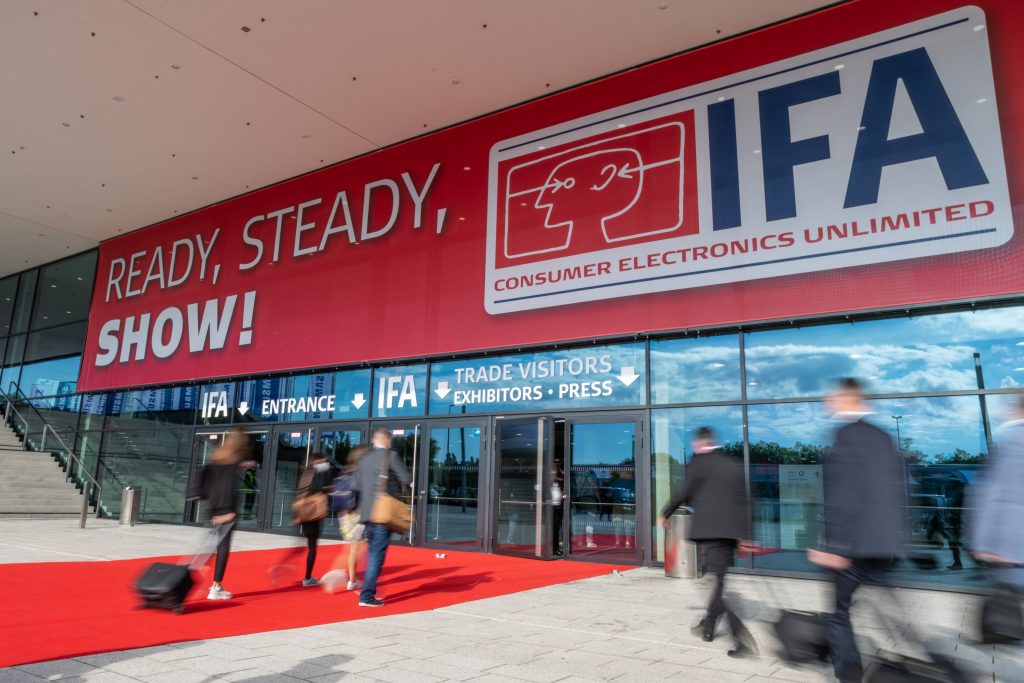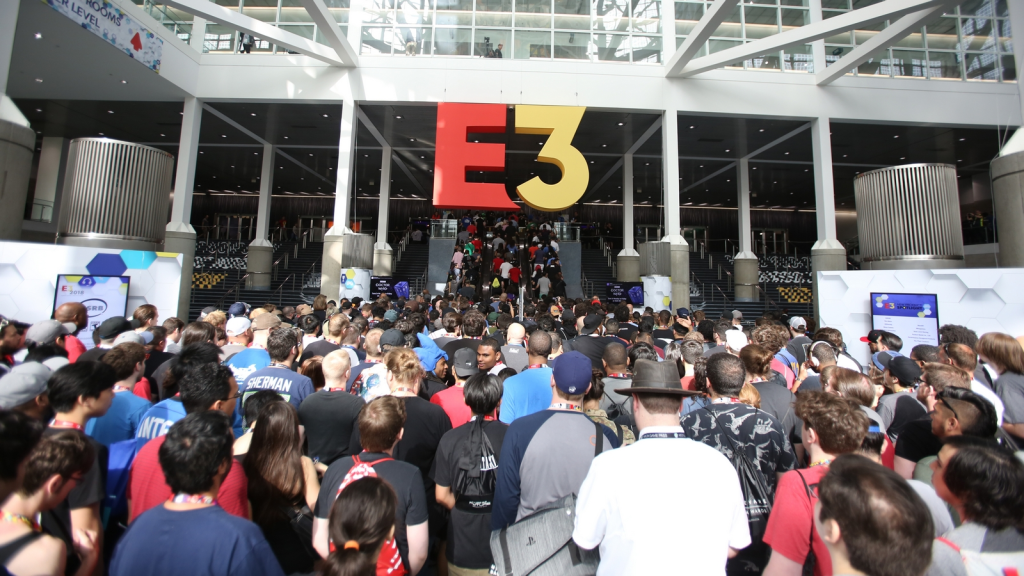The new year brings hope for the regrowth of many areas in tech and the recurrence of events that COVID-19 put on pause for the past two years. But what impact have these events had on the industry? Are they worth the effort and time it takes to pull them off? Or does the overhanging shadow of the pandemic mean they leave a bad impression?
Kicking off January with a bang, or what was supposed to be a bang, was CES (for the non-tech obsessed among us, the Consumer Electric Show in Las Vegas). The most influential tech show in the world has a usual attendance of nearly 200,000 people, all scurrying the streets of Vegas hoping to see the newest products and concepts that the giants of the industry have to offer. This year, however, saw a mere 40,000 attendees, 75% down from 2020. Running over a four day period, the show usually offers journalists the chance to spend each day walking through a different exhibition space, but this year journalists could walk through the entire show in a day. CES organisers eventually decided to cancel the last day, although by then COVID-19 had already run rife through attendees…
Regardless of this, innovation had time to shine in the absence of the giants, with startups and the smaller tech companies taking the reign. Those that may have been overlooked in times of normality had a chance to be seen and represented in the media. For example, ‘Elder Tech’ got a shout out in TechCrunch, standing out amongst the multitude of health tech creations (likewise our amazing client Chipolo, although they have a great PR team…). We did notice an empty space in the universe of CES where femtech should have shone brightly, but we are still hopeful for this budding industry to continue to thrive elsewhere and dominate the media this year.
Whilst New York’s Toy Fair was cancelled, London’s Toy Fair took place this week but similarly lacked the regular (pre-pandemic) buzz, with empty booths and a bit too much space to walk around. Mirroring CES, the Omicron variant got in the way for many, with toy giants like The LEGO Group pulling out of the event.
The toy industry itself faced huge challenges, outside of holding events, during the pandemic, with the chip shortages resulting from the impact of COVID-19 causing a major obstacle for companies creating tech toys. However, in the face of the crisis, U.S toy sales increased by 3 billion, from $25.4 billion in 2020, to a whopping $28.6 billion in 2021. We think this might have a little something to do with parents worldwide stuck at home and finding themselves having to keep their kids a bit more entertained than usual.
Toy Fair UK’s Hero List, which is announced on the first day of the event, predicts which toys and trends will be fashionable throughout the upcoming year. This year’s list reflects consumers’ changing value for educational toys and the need for STEM in younger learning, with a Medical Science kit placing in the top rank. We noticed an array of games geared towards adults and teens were on display (which we are very excited about — being dedicated #kidults that we are), such as the Peaky Blinders Risk Board Game, the Great British Bake Off wooden set and even the re-emergence of Care Bears. We can expect to see those who exhibited getting spotlighted in the media, which will hopefully have a knock-on effect with boosted sales throughout the year.
So are tech events still worth it? We think yes. Despite challenges like the pandemic and chip shortage, the industry as a whole continues to flourish, bringing new ideas and inventions for consumers to enjoy. There is no better way to promote products than at in-person events for all to marvel at. The giants of tech can survive in a world online but newbies need a chance to grow and hopefully, this year will bring back that opportunity.





